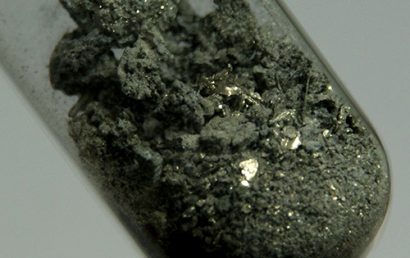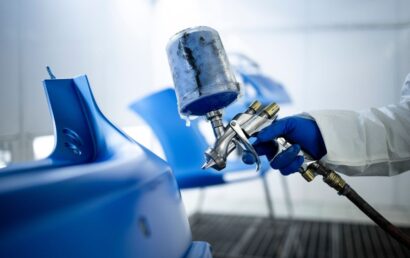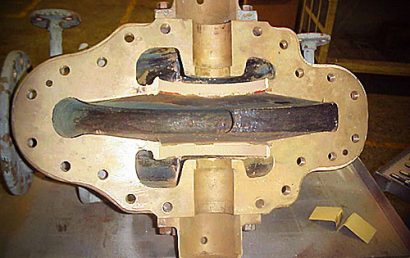Utilizing Oxide Ceramic In Thermal Spray Coatings
There are certain characteristics where ceramic materials are concerned including chemical stability, thermal stability, high melting point, and high hardness. These characteristics make ceramic materials perfect in the coating industry. They can be used to improve corrosion resistance, heat resistance, high temperature oxidation, high temperature resistance, and wear resistance effectively. It is crucial to use the right kind of material with which to coat a substrate. One of the most common ceramic coating materials is oxide ceramic.
Oxide Ceramic
There are numerous types of oxide ceramic, and where ceramic coating materials are concerned, it is a fairly common one. Types of ceramic coating materials are as follows:
- Spinel ceramics
- Mullite
- Chromium oxide
- Titanium oxide
- Zirconia ceramics
- Lumina ceramic
With a melting point of over 2000°C, most oxides are stable in oxidizing atmospheres. That makes ceramic oxide’s stability significant. The insulation and electric insulation of oxide ceramics, in high-temperature environments, is obtainable and also significant.
Why Oxide Ceramic?
Why are the features of oxide ceramics so important in the world of thermal spray? One important feature is the fact that oxide ceramics, within an atmospheric environment, can be directly sprayed without the need for a protective atmosphere or a vacuum. This is beneficial for spraying shop design, equipment manufacturing, and cost reduction. This is one of the reasons why, for many industries, one of the most widely used ceramic coating materials is oxide ceramics. Additionally, it’s greatly used due to its wide application in thermal spraying.
Ceramic Oxide’s Application Field
The wide application just referred to for the thermal spraying of ceramic oxide based coatings includes the following fields:
- Infrared radiation
- Solid electrolyte
- Magnetic shielding
- Electric insulation
- Metallurgy
- Petrochemical
- Other metallurgical and chemical fields
Additionally, due to the thermal barrier and heat resistant properties of ceramic oxide, aerospace engines use this coating. For its wear resisting property, it is used in the conveyance and mechanical fields.
Ceramics and Thermal Spray
Very often, thermal spray involves the use of molten or heat softened material. But ceramic-based materials are sometimes a better choice, depending on the industry in which the thermal spray coating is needed. These materials start out as a powder and are accelerated to a high velocity by rapid heating. They strike the substrate through a plasma flame at high temperatures.
One industry that uses ceramic-based coatings in abundance is the automotive industry. To avoid unnecessary maintenance and lost time, shutdowns can be largely avoided thanks to the wear resistance offered by ceramic coatings. Parts can be rebuilt and protected with thermal spray. Even in adverse conditions, ceramic coatings stand up.
The following ceramic-based coatings are frequently used:
- Chromium oxide – Typically used on laser engraved printing rolls, textile manufacturing components, pump seals, and more.
- Alumina – Typically used for its abrasion, sliding, and erosive wear resistance characteristics.
- Titanium oxide – Typically used for its lubricity when resistance to sliding wear is needed.
In general, no matter what the assault tactic – corrosion, chemical, or mechanical – ceramic thermal spray coatings can help fight against the attack on equipment.
A&A Coatings is knowledgeable in the use and application of numerous ceramic coatings and other thermal sprayed coatings. Contact us today if you would like to know more.



